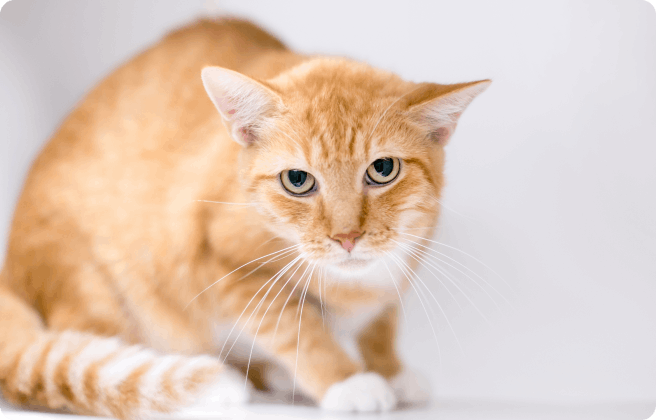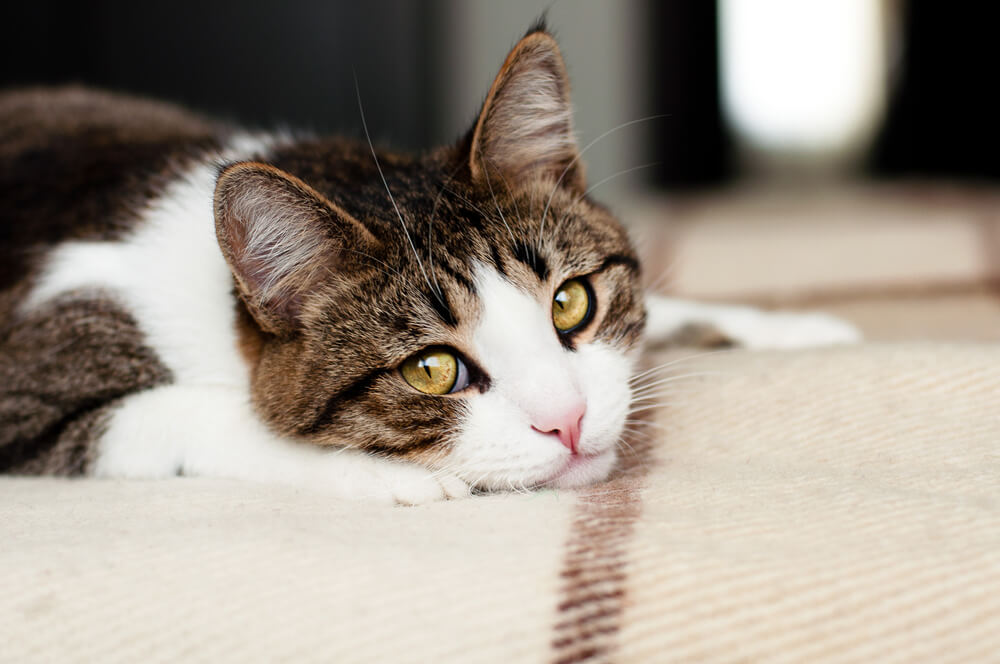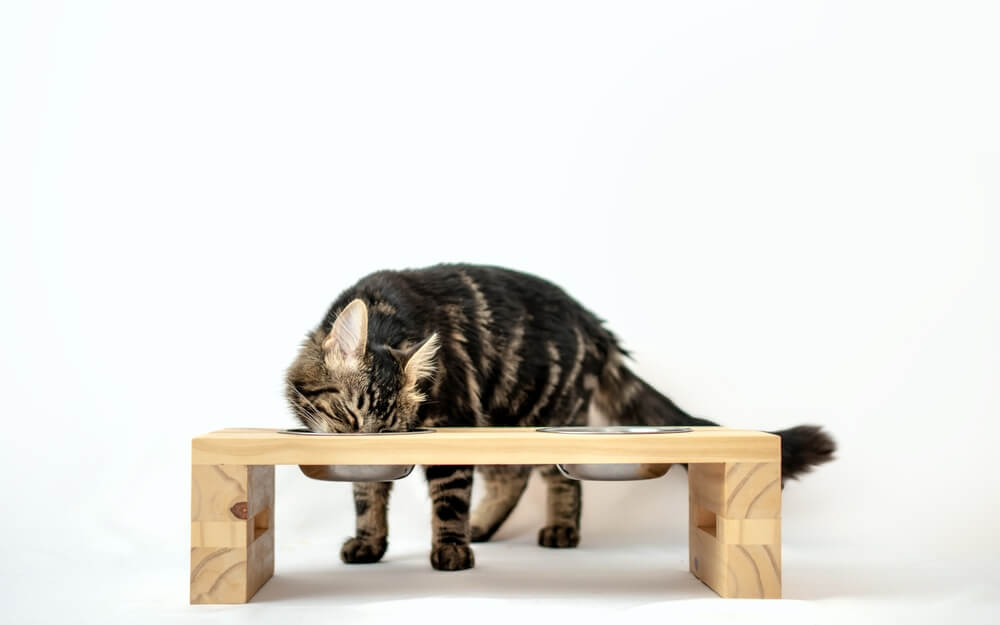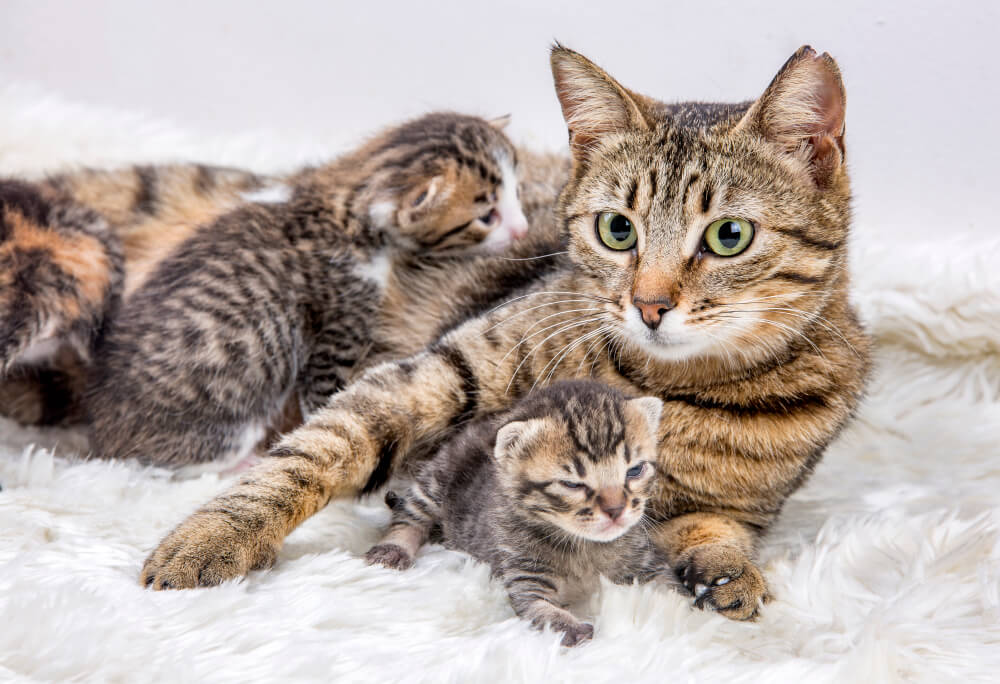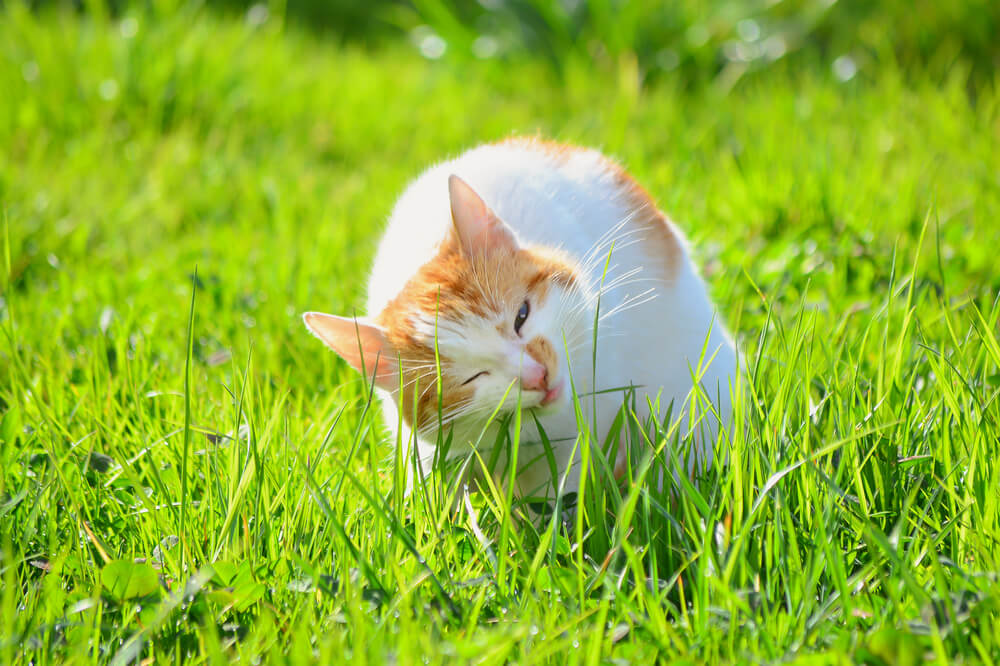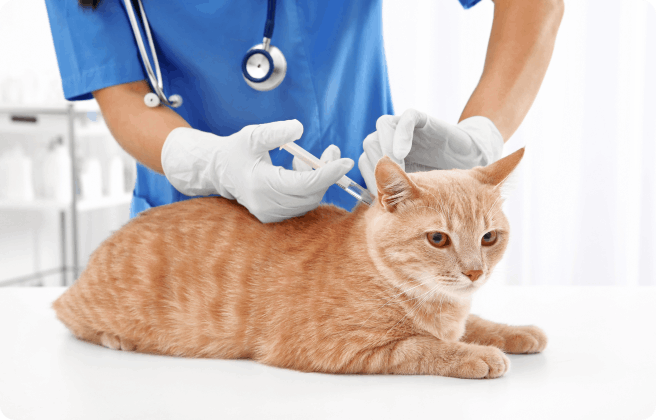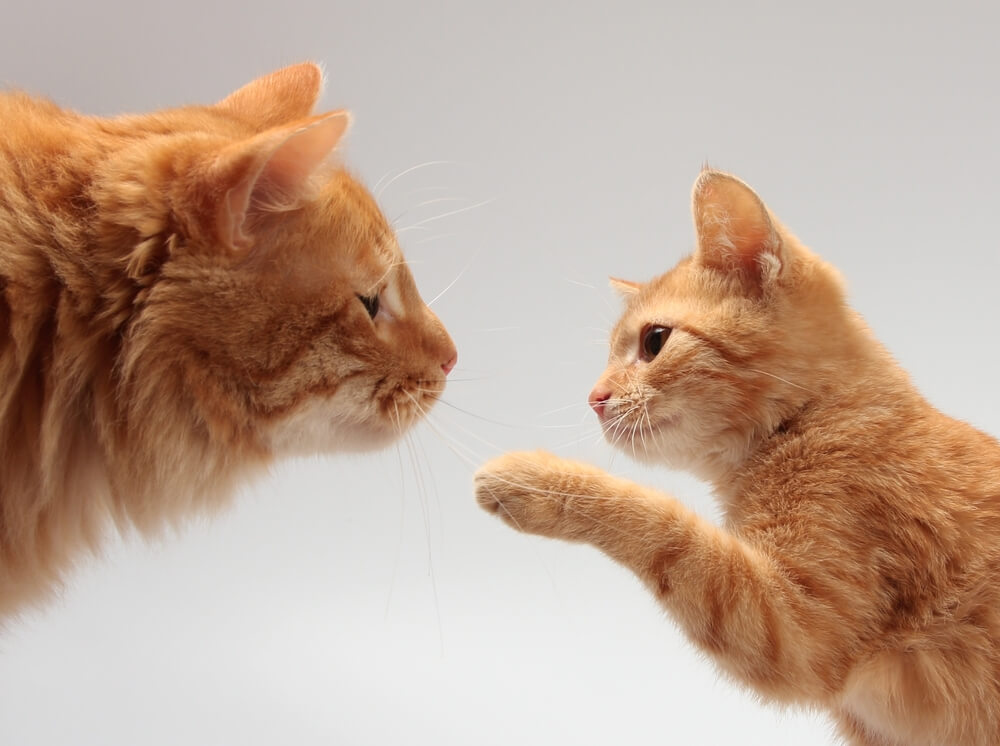
If you’re a cat parent, you already know what an amazing companion they are, providing company, friendship, and love, unconditionally, even if you’re occasionally late feeding them.
But have you ever wondered how old your feline friend is in human years? And what stage of life are they at?
Cats, like humans, develop and grow through distinct phases of life. Each stage requires different care from its parents—whether that’s the amount of play, hours of sleep or type of food. As your cat ages, it’s advisable to continually track their development and assess their needs as they change over time.
To help steer you through your cat’s life, we’ve prepared a guide on what to expect during each stage, and how to care for your furry friend throughout, from the day they arrive as a nervous-yet-energetic kitten to their lazy latter days as a carefree dog elder.
It’s extremely worthwhile to be aware of your cat’s age and what phase that puts them in so that you can keep an eye out for signs of aging and what your cat might require at certain stages of their life, including what types of food are best and when they might require medical check-ups.
Kitten – birth to six months
Otherwise known as the ‘chaos phase’. This age is all about learning, exploring, and causing mischief – in their quest to adventure through their new world and learn what’s what, kittens will be constantly active and full of excitement, chasing everything and jumping and climbing anything that they can hook their claws into.
Your kitten will grow rapidly during this stage — it’s thought this short period is equivalent to 15 human years, meaning one month is more than a year. That’s accelerated development, by anyone’s standards.
It’s important to get them used to things – noises, people, being handled, wearing a collar, other cats or house pets… every day presents a new experience for your new arrival.
It’s also a time for learning about food: both for your kitten and for you as a kitten parent. The key thing to remember, as with any stage of a cat’s life, is to always offer them a high-quality balanced diet packed with a variety of meat, fish, poultry, and vegetables (read more on advice for feeding kittens).
Junior – 7 months to 2 years
Also known as the adolescent years. Like humans through the teenage years, expect mood swings, bucketfuls of attitude, the odd tantrum, and a constant push of boundaries during this period.
Energy levels remain high, so ensure you provide your sometimes-rebellious cat with plenty of toys to play with, posts to claw, and space to charge around, otherwise you may find your furniture is targeted by a frustrated, bored teenager on a scratching rampage.
Junior cats often change their food preferences during this time. The key is to keep offering them a variety rather than sticking to the one food they like, otherwise you’ll end up with the equivalent of an adult who only eats chicken nuggets.
They may also show aggression to other cats during this time, which may be a little distressing if you’ve put in time and effort to socialize your furry friend to ensure this doesn’t happen. Be advised, though, that this is usually only a phase, and they come out of it once the junior age has passed and they are fully grown adult cats.
Adult – 3 to 6 years
Cats are usually fully grown by this point, and starting to calm a little in terms of hyperactivity. Their daily routine is more or less set, and that’s a positive, as they thrive by doing the same thing at the same time every day—whether that’s the time and place they’re fed, let out, or sleep. Try to keep this routine going without major changes, as that can confuse and unsettle your furry friend.
They generally learn to live and interact with their housemates and neighbors and still enjoy playing, so ensure you keep them regularly entertained with their favorite toys.
Diet is also key at this stage. You should be aiming to feed them a diet rich in variety—think different meats and fish, textures, and types of food. Avoid those that may cause your cat stomach issues.
Mature – 6 to 11 years
This is the period when cats hit ‘middle age’ and, like with humans, it’s a time when middle-age spread could become a problem if your cat becomes less active and begins to over-eat. You may find they become less interested in playing during this phase of life—this is natural as they age, become more comfortable, and crave more rest.
This can also be a time when signs of illness or disease rear their head, so keep a close eye on how much your cat is drinking or any changes in appetite or activity. If you notice any major alterations, inform your vet.
As before, aim to keep their diet varied. Some food manufacturers offer a ‘senior’ range of food for mature cats. If you want to try these, ensure you check what they contain when compared to your regular food. If you’re already feeding them a varied, balanced diet, then there’s unlikely to be a major benefit from a mature or senior-specific range of food.
Senior – 11-14
Cats by this age are pretty chilled, enjoying a lazy life of sleeping, eating, followed by a little more sleeping. They will be creatures of habit by this stage, living their life to a strict routine which can upset them if it changes. Despite their advancing age, they will remain active, and will happily chase the odd toy or mouse if the mood takes them.
Sadly, this is also the time in their life when they may begin to suffer from arthritis and joint pain, which is often hard for pet parents to notice – often it’s most obvious when they jump down from objects.
Like with mature cats, keep an eye on their food and water intake, and how active they are, and take them to the vet if anything changes.
Super-mature – 15 years plus
We thought ‘super-mature’ is a little kinder than ‘geriatric’, but whatever you label this phase, it’s your cat’s twilight years. They are now 76-plus in human years, so they deserve some time and space in which to simply laze around (even more than previously).
These days, with improvements in veterinary care, cat medicine, and food and nutrition, cats regularly live to 15 years and beyond, some reaching the super-super-mature realms of the mid-20s, putting them over 100 years old in cat years.
It’s highly likely they will begin to experience health issues and their health might decline at this stage, if it isn’t already, so ensure you keep a close eye on your elderly furry friend and organize regular check-ups at the vet.
Even in advanced years, diet remains important for super-mature cats. As with any age, if your cat has lost weight or appears bony, this is not always normal and can be a sign of an underlying disease, so it’s important to let your vet know so that they can perform tests to find the cause.
Cats of this age can become fussy about what they eat, so you may well need to introduce extra variety in terms of types and makes of food
We uphold the highest editorial standards when creating the authoritative content pet parents rely on and trust.
Every piece of clinical content on the Cat Food Advisor is reviewed by our certified Veterinary Advisory Board, which consists of licensed veterinarians and medically certified specialists.
Our reviews are completely independent; we are not paid by any pet food company to promote their products favorably. We do not accept money, gifts, samples or other incentives in exchange for special consideration. For more information see our Disclaimer & Disclosure page.




